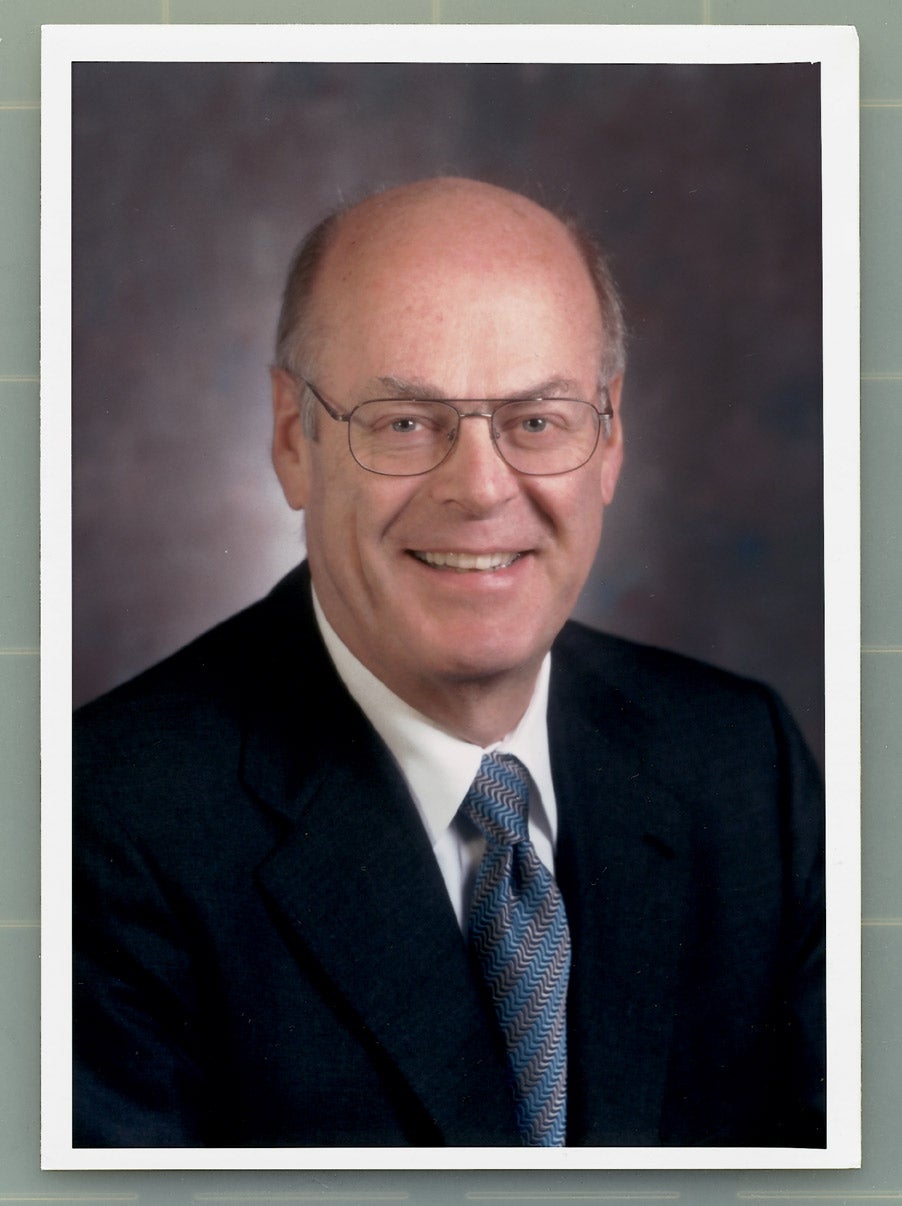When Robert “Steve” Miller Jr. ’66 got a call from Bethlehem Steel’s board last year asking him to assume the flagging company’s reins as chairman and CEO, he accepted in a matter of hours.
Within weeks of Miller’s arrival at Bethlehem Steel, the nation’s second-largest steel producer, the company became one of more than 30 American steel makers to enter Chapter 11 bankruptcy protection. Adding to Bethlehem’s troubles was the September 11 disaster, which struck just nine days before Miller arrived, casting a pall of uncertainty over the nation’s economy and its demand for steel. But for Miller, coping with hard times and corporate maladies was hardly anything new.
“The worse shape a company is in, the more it needs the kind of help I offer,” he said.
During the early ’80s, Miller served as Chrysler Corp.’s chief financial negotiator, leading the company’s quest for bank and government financing. In his 13 years at Chrysler, he served as a director, CFO, and later vice chairman. Previously, he had worked for 11 years at Ford Motor Co. But it was his work at Chrysler that earned him a reputation as a corporate medicine man. In 1995, he stepped in to heal the ailing construction giant Morrison Knudsen, and he later moved on to rehabilitate Waste Management, the nation’s largest trash hauler.
Miller credits much of his career success to his upbringing amid Oregon’s majestic timberlands, where his first job was in his family’s lumber operations. “That experience taught me firsthand about the important role that labor holds in many companies,” he said. “And working in an industry so closely linked to the environment taught me a great deal about the importance of giving something back.” Miller also praises his HLS education. Learning the process of logical thinking and how companies relate to their legal and regulatory environments has been a great asset in working with troubled companies, he says.
Few industries have faced the troubles that have confronted American steel makers, which in recent decades have suffered from an influx of less costly foreign steel, according to Miller. To counter this trend, which intensified in the late 1990s, he recently led an effort that convinced the Bush administration to impose tariffs of up to 30 percent on imported steel, giving the domestic steel industry time to restructure and address long-standing problems.
Miller says America’s steel makers must consolidate, modernize, and adapt to fit contemporary market demand–actions that Bethlehem Steel initiated during the 1980s and continues today. Another significant obstacle to recovery, he says, is the rapidly escalating cost of providing health care and other insurance for some 95,000 Bethlehem retirees. Due to productivity gains and a 50 percent reduction in manufacturing capacity over the last two decades, Bethlehem’s retirees now outnumber its workforce 7-to-1. By last year, the annual cost for health care and other insurance for Bethlehem’s 130,000 retirees, employees, and dependents had reached $300 million. “It’s become an unworkable situation,” said Miller.
Other old-line steel makers face much the same problem. In March, Miller went before the U.S. Senate Committee on Health, Education, Labor and Pensions to seek federal assistance in covering these mushrooming costs. The enormity of these obligations, he contends, is an obstacle to industry consolidation.
He remains confident, however, in his ability to turn around another giant of American industry.
“The retiree benefits costs are clearly an enormous hurdle,” said Miller, “but the company will restructure and regain its competitive stance.”
–Peter Jacobs
